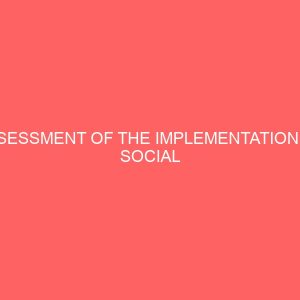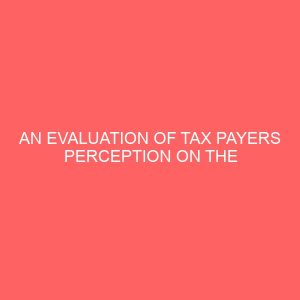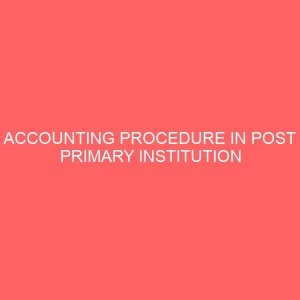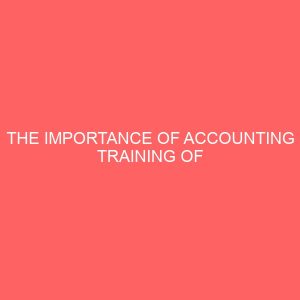Description
THIS RESEARCH WORK IS ON AVAILABILITY OF QUALIFIED TEACHER IN EFFECTIVE TEACHING AND LEARNING OF ACCOUNTING IN JUNIOR SECONDARY SCHOOL.
Abstract
This study seeks to evaluate the availability of qualified teachers for effective teaching and learning of Accounting education in our junior secondary schools using schools in Enugu zone in Enugu state as our focal point. Pragmatist theory which is a philosophical example of innovation based on policy orientation and abstract world view, pure ideas as the Yardstick (tool) for assessment, teaching and learning of Accounting education was adopted as our theoretical framework. Our method of data collection is primary sources which helps us to organize the information in quantitative form. Qualified Teacher
Two hypotheses tested are that we lack qualified teachers in Accounting education in Enugu zone and that performance of students in Accounting education is poor.Qualified Teacher
The study recommends that the ministry of education will sit up and take the bull by the horn in nipping it in the bud the endemic problem. Non-dedicated and incompetent teachers should be shown the way out while provisions will be made for the reward of teachers and students to enhance greater performance output and productivity.Qualified Teacher
Table of Content
Title page
Approval page
Certification
Acknowledgement
Table of Contents
Abstract
CHAPTER ONE
Background of the study
Statement of the problem
Significance of the study
Research question
Research hypothesis
Scope of the study
Limitations of the study
CHAPTER TWO
Literature Review
Introduction
The role of education ministry in a changing society
CHAPTER THREE
Research methodology
Sources of data
Primary sources of data
Secondary sources of data
The population of the study
Method of data collection
Questionnaire design distribution and collection of responses
Distribution and collection method
Method of data analysis
CHAPTER FOUR
Data presentation and analysis
Analysis of the research questions
CHAPTER FIVE
Summary of the findings
Conclusion of the findings
Recommendation of the findings
References
Appendix








Reviews
There are no reviews yet.